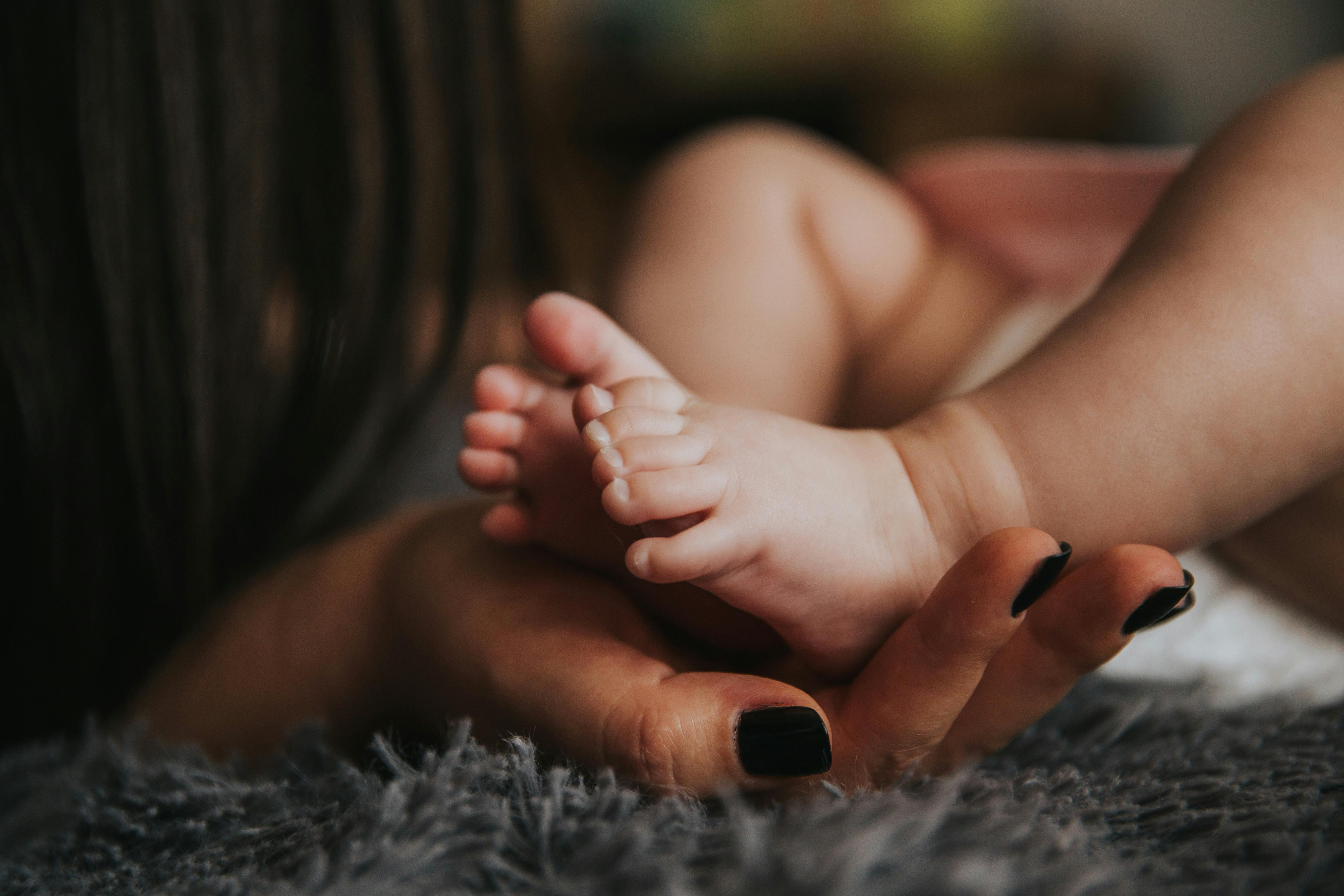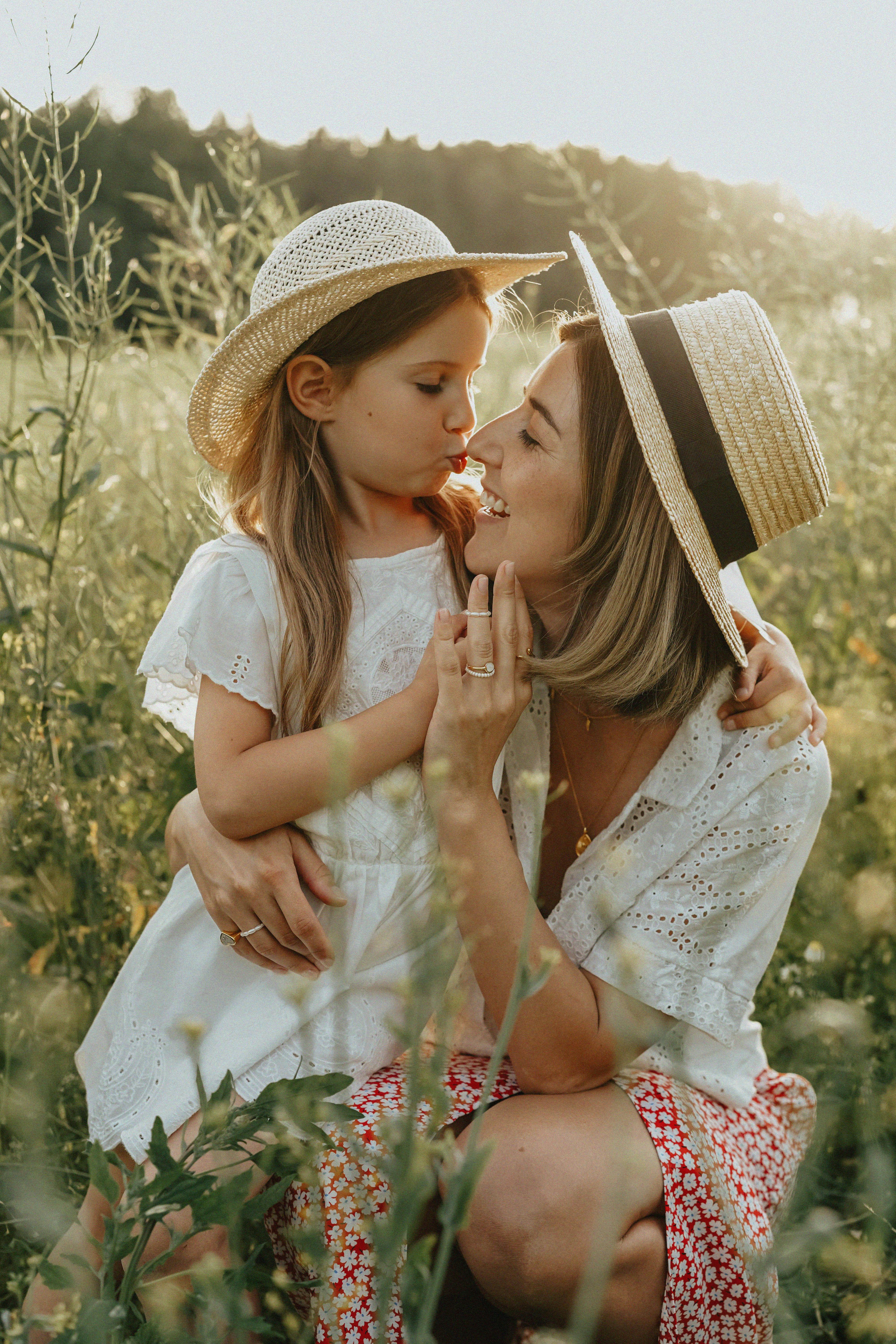Many expectant mothers are curious about early signs that may hint at their baby’s gender. While the most reliable method remains medical imaging, traditional signs and personal experiences often provide exciting clues.
Understanding these signs can help you connect more deeply with your pregnancy journey. This article explores ten practical indicators that many associate with carrying a baby girl.

Photo by Pixabay
Trusting Your Inner Feelings During Pregnancy
Maternal intuition often plays a significant role in pregnancy experiences. Many women report a strong gut feeling about their baby’s gender early on.
Although this feeling is not backed by scientific proof, it can help mothers bond with their baby and feel more confident throughout pregnancy.
To nurture this intuition, keep a pregnancy journal and note any feelings or impressions about your baby’s gender. This practice can reinforce your connection and provide emotional support.
Observing How You Carry Your Baby
The position of the baby bump is commonly linked to gender theories. Many say carrying low in the abdomen could indicate a girl, while a higher bump might suggest a boy.
However, the shape and height of the bump are influenced by factors like the mother’s body type and muscle tone. Instead of focusing solely on bump position, track changes in your posture and comfort level to better understand your body’s signals.
Wear comfortable, supportive maternity clothing that adapts to your changing shape. This practical step helps relieve pressure and improves your overall pregnancy experience.
Noticing How Weight Is Gained During Pregnancy
Some believe that weight gain concentrated in hips, thighs, and buttocks points toward having a girl. While hormonal shifts affect weight distribution, genetics and lifestyle also play major roles.
To manage healthy weight gain, focus on balanced nutrition and regular gentle exercise approved by your healthcare provider.
Tracking your body changes with photos can provide a more objective view and help you notice patterns over time.
Watching for Changes in Skin Appearance
Pregnancy hormones often cause skin changes, such as acne outbreaks or dullness. Many associate increased acne or skin sensitivity with carrying a girl.
Since each pregnancy differs, it is helpful to maintain a skincare routine tailored to your skin type during pregnancy.
Consulting a dermatologist experienced in pregnancy-safe products can offer practical advice to keep your skin healthy and comfortable.
Evaluating Morning Sickness Patterns
Morning sickness affects many pregnant women, but some studies suggest it may be more intense or frequent when expecting a girl.
Understanding that symptoms vary widely, focus on managing nausea with small, frequent meals and hydration.
Keep a symptom diary to track how your body responds to different foods and remedies, helping you identify what works best for you.
Checking the Baby’s Heartbeat Rate
A popular belief is that babies with faster heart rates tend to be girls. However, heart rate changes throughout pregnancy and depends on many variables.
Healthcare providers monitor fetal heart rate primarily to assess wellbeing rather than predict gender.
Participating actively in prenatal appointments and asking questions about your baby’s heart health can provide reassurance and deeper understanding.

Photo by Anastasia Shuraeva
Understanding Your Cravings and Food Preferences
Cravings for sweet and sour foods are often linked to carrying a girl. These desires, however, are influenced by nutritional needs and hormonal changes.
To satisfy cravings healthily, try incorporating nutrient-rich sweet fruits or tangy vegetables into your diet.
Keeping a food journal can help you balance cravings with your pregnancy nutrition goals and identify patterns unique to your body.
Observing Changes in Hair Texture and Growth
Some women notice their hair becomes softer, shinier, or grows faster during pregnancies with girls. While these changes can occur, they are highly individual.
Maintaining a gentle hair care routine and avoiding harsh treatments supports healthy hair regardless of pregnancy gender predictions.
Consulting a hairstylist knowledgeable about pregnancy-safe products can help you adapt your routine and keep hair vibrant.
Recognizing Emotional and Mood Shifts
Intensified mood swings and emotional changes are often linked to carrying a girl, but fluctuations are common for all pregnancies.
Developing coping strategies such as mindfulness, light exercise, or talking with supportive friends can improve emotional balance.
Consider prenatal counseling or support groups if mood changes become overwhelming or persistent.
Paying Attention to Dreams and Intuitive Signs
Vivid dreams or feelings about the baby’s gender are common and often bring comfort during pregnancy.
While these signs are subjective, journaling your dreams and emotions can deepen your self-awareness and connection to your baby.
Sharing these experiences with your partner or support network can create meaningful conversations and strengthen bonds.
Exploring Fatigue Levels During Pregnancy
Many believe that expecting a girl leads to greater fatigue. Pregnancy fatigue is normal and influenced by many factors including physical changes and nutrition.
Prioritize rest and listen to your body’s needs. Simple practices like short naps, hydration, and balanced meals help manage energy levels.
Consult your healthcare provider if fatigue is severe to rule out underlying conditions and receive personalized advice.
Strategies for Maintaining Wellbeing Throughout Pregnancy
Focusing on self-care benefits both mother and baby regardless of gender. Regular prenatal checkups, balanced diet, and gentle activity create a strong foundation.
Building a routine that includes relaxation and connection with your baby supports mental and physical health.
Consider prenatal classes or community resources to stay informed and engaged during your pregnancy journey.

Photo by olia danilevich
Final Thoughts with Real Experiences
One mother, Sarah, shared her experience of trusting her gut feeling from early pregnancy that she was having a girl. Despite no early ultrasound confirmation, her intuition motivated her to create a special nursery and choose meaningful names. When her daughter arrived, Sarah felt a deep sense of validation and connection that strengthened her confidence as a new mom.
Another expectant mother, Emily, noticed intense cravings for sour fruits and increased skin sensitivity. She documented these changes and combined them with gentle prenatal yoga and mindfulness practices. Although her baby’s gender was unknown until delivery, Emily found that focusing on her wellbeing helped her enjoy the pregnancy fully regardless of the outcome.
While traditional signs can be intriguing and add joy to pregnancy, the most accurate gender determination comes from medical methods. Embracing the journey with care and awareness remains the best approach for every mother-to-be.


